If you have ever walked into an animal shelter or wandered through a dog park, you’ve probably seen a range of adorable, tail-wagging dogs of all shapes, sizes, and temperaments. Some are pedigreed, bearing the names of champion bloodlines. Others, like the scrappy pup who greets you with wild enthusiasm, are what we might call “mongrels”—but what exactly does that term mean?
In the world of dogs, a “mongrel” is a mixed-breed dog, one that doesn’t come from a single purebred lineage. The term itself carries a bit of stigma, leading to misconceptions about the dogs it describes. But mongrels are more than just an assortment of mixed genes—they’re unique individuals, each with their own personality, quirks, and charm. Take a look at what makes mongrels so special and why adopting one might be one of the best decisions you’ll ever make.
The Origins of the Word “Mongrel”
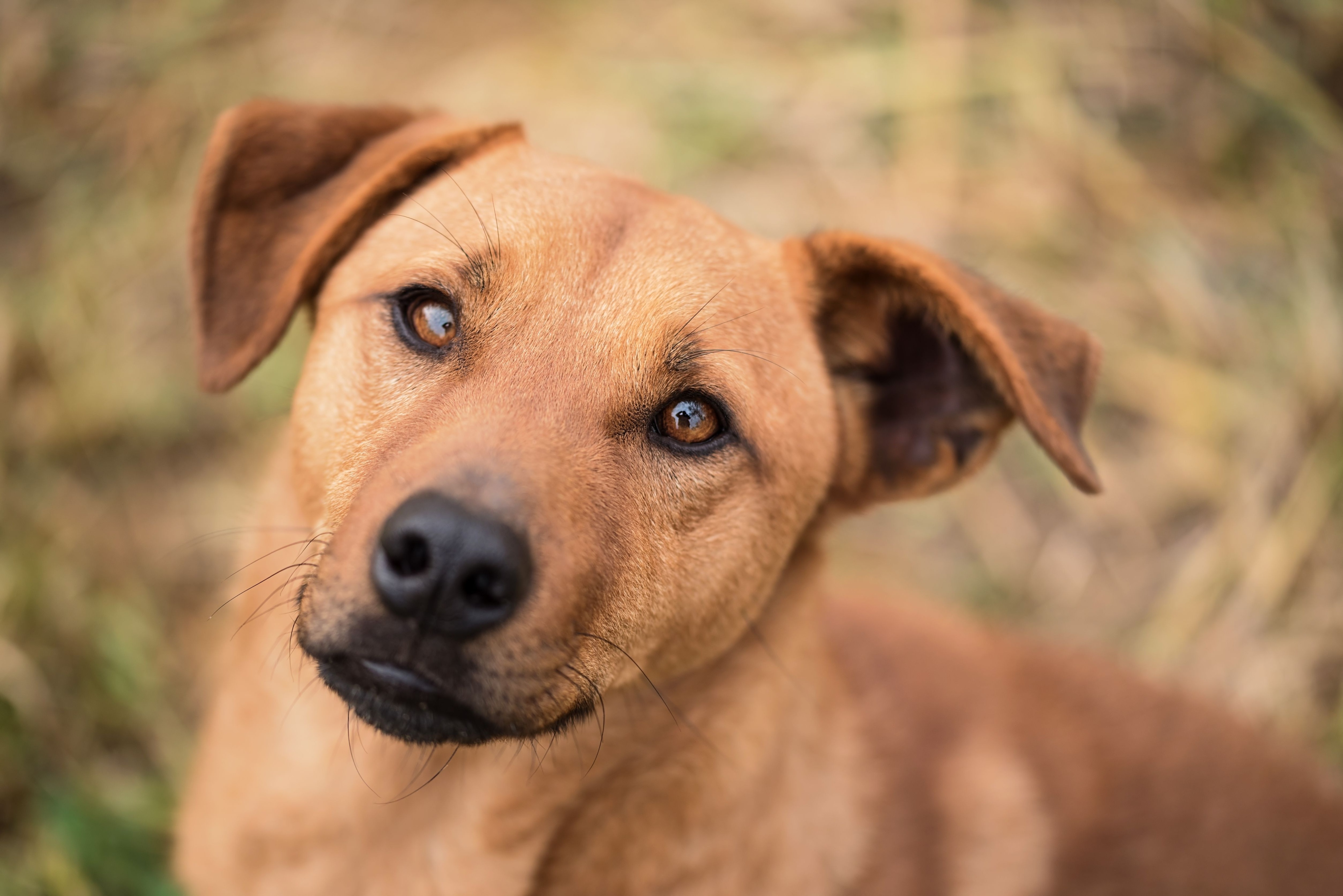
Closeup photo of a brown mongrel dog.
The word “mongrel” often gets tossed around, but it has roots that can be traced back centuries. Originally, the term was used to describe an animal of mixed ancestry, particularly dogs. The word itself stems from Middle English, with influences from Old French and even medieval Latin, where it was used to refer to something of dubious or mixed origin.
Historically, the term was used with a bit of disdain, often implying that the animal was inferior or of low status. Unfortunately, the negative connotation has lingered in some circles. Over time, however, attitudes toward mixed-breed dogs have shifted, and many people now recognize their value, resilience, and often superior health.
Why You Should Consider Owning a Mongrel

Joyful fit woman having fun with adorable mongrel dogs.
If you’re considering adding a dog to your family, adopting a mongrel could be one of the most rewarding decisions you make. Here are just a few reasons why:
They Are Unique
Mongrels are unique dogs, with no two alike in appearance or personality. They can range from small and scrappy to large and muscular, with coats that vary from wiry to smooth. Their mixed heritage results in unpredictable traits. Making them fascinating and distinct, whether in looks or behavior. Adopting a mongrel means welcoming a dog that is entirely its own personality and charm.
Mixed-Breeds Are Often Healthier
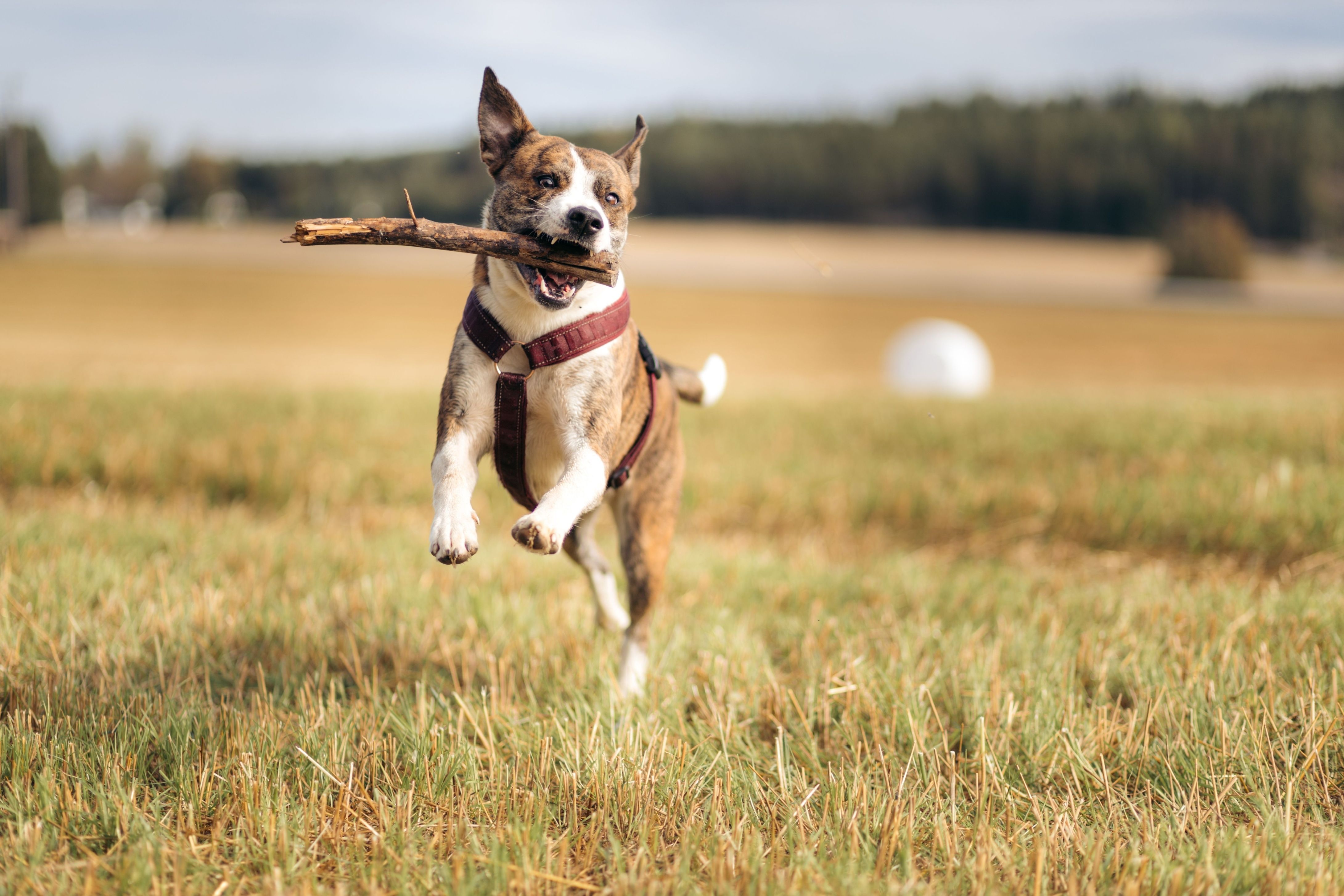
A playful mixed breed dog leaping through a field with a stick in its mouth looking happy.
Purebred dogs, particularly those from lines with a lot of inbreeding, are prone to certain genetic conditions. These can range from hip dysplasia in large breeds to respiratory issues in brachycephalic dogs (like Bulldogs and Pugs). While mongrels can still inherit these conditions, they tend to be less susceptible to hereditary problems thanks to their diverse genetic makeup.
Research has shown that mixed-breed dogs tend to live longer, healthier lives than purebred dogs. Especially when it comes to conditions like cancer, heart disease, and eye problems. The blending of different gene pools can help reduce the risk of passing down these common ailments.
They Tend To Be More Adaptable
Mongrels, with their varied genetic backgrounds, can sometimes have a level of adaptability that purebred dogs simply can’t match. Many mixed-breeds have a history of being working dogs, originally bred for tasks like herding, hunting, or guarding. As a result, they tend to be resourceful and more easily trained in a variety of environments. This versatility makes them great companions, whether you live in an apartment or a rural home with lots of space.
Mongrels Need Homes Too

Happy ginger mixed breed dog in luxurious bedroom with king-size bed.
One of the biggest reasons to adopt a mongrel is that they’re often in desperate need of homes. According to the American Society for the Prevention of Cruelty to Animals (ASPCA), millions of animals are placed in shelters each year. Many of them are mixed-breed dogs. By adopting a mongrel, you’re giving a deserving dog the chance at a better life. It not only helps reduce overpopulation, but also offers a loving home to a dog who might otherwise face an uncertain future.
Mostly Low Maintenance
While some mongrels may require more care than others, in general they’re often more low-maintenance than purebred dogs. They tend to be hearty, adaptable, and sometimes less prone to the grooming needs or sensitivities of purebred breeds. Of course, this can vary depending on the specific mix. But overall, many mixed-breed dogs are resilient and ready to tackle whatever life throws their way.
The Misconceptions About Mongrels
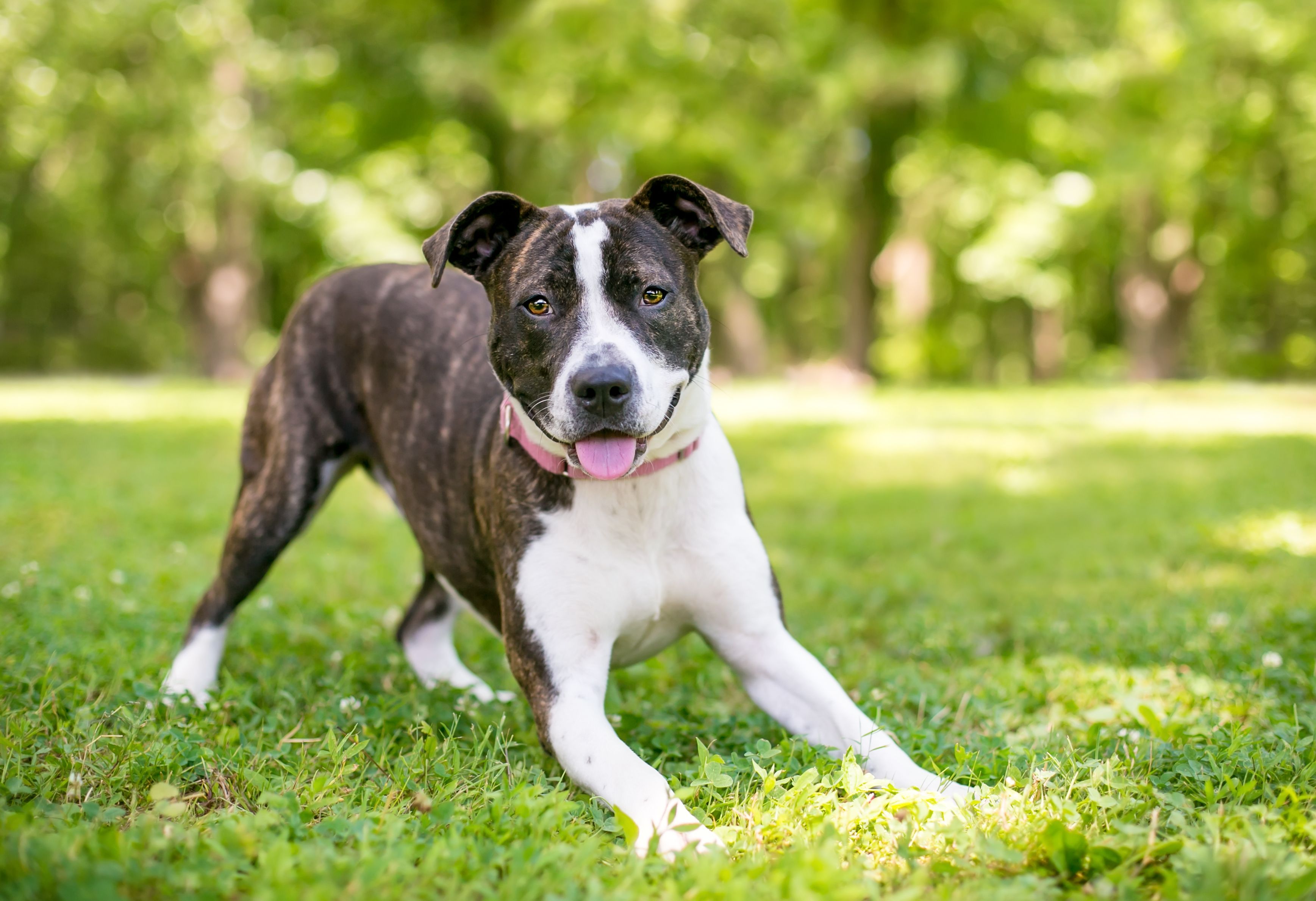
A playful brindle and white mixed breed dog in a play bow position.
Despite their many positive qualities, mongrels have long been overshadowed by their purebred counterparts. Here are a few common misconceptions that need to be cleared up:
Mongrels Are “Mutts” or “Less Valuable”
While the term “mutt” has been used affectionately by some, it can also carry an unfair stigma. The reality is that mongrels often outshine purebreds in terms of personality, health, and overall resilience. The idea that mixed-breed dogs are less valuable is simply untrue. Each dog has its own worth, and a mongrel can offer just as much love, loyalty, and companionship as a pedigreed dog.
They Are Difficult to Train
 Dog stealing food from fridge.
Dog stealing food from fridge.
Many people believe that mixed-breed dogs are harder to train than purebreds, but this isn’t necessarily the case. Like any dog, a mongrel’s ability to learn depends on their temperament, socialization, and the consistency of their training. In fact, many mongrels are highly intelligent and quick learners because they often come from a diverse range of working breeds that were bred for specific tasks.
Unpredictable Behavior
It’s true that mongrels can surprise you, but that’s part of their charm! While you might not know exactly how your mixed-breed dog will turn out, that unpredictability is what makes them so fascinating. Whether you’re dealing with a small dog with big energy or a large dog who thinks they’re a lapdog, there’s always something new to discover about your mongrel. Plus, the element of surprise can lead to even more meaningful connections between you and your pet.
Famous Mongrels in History
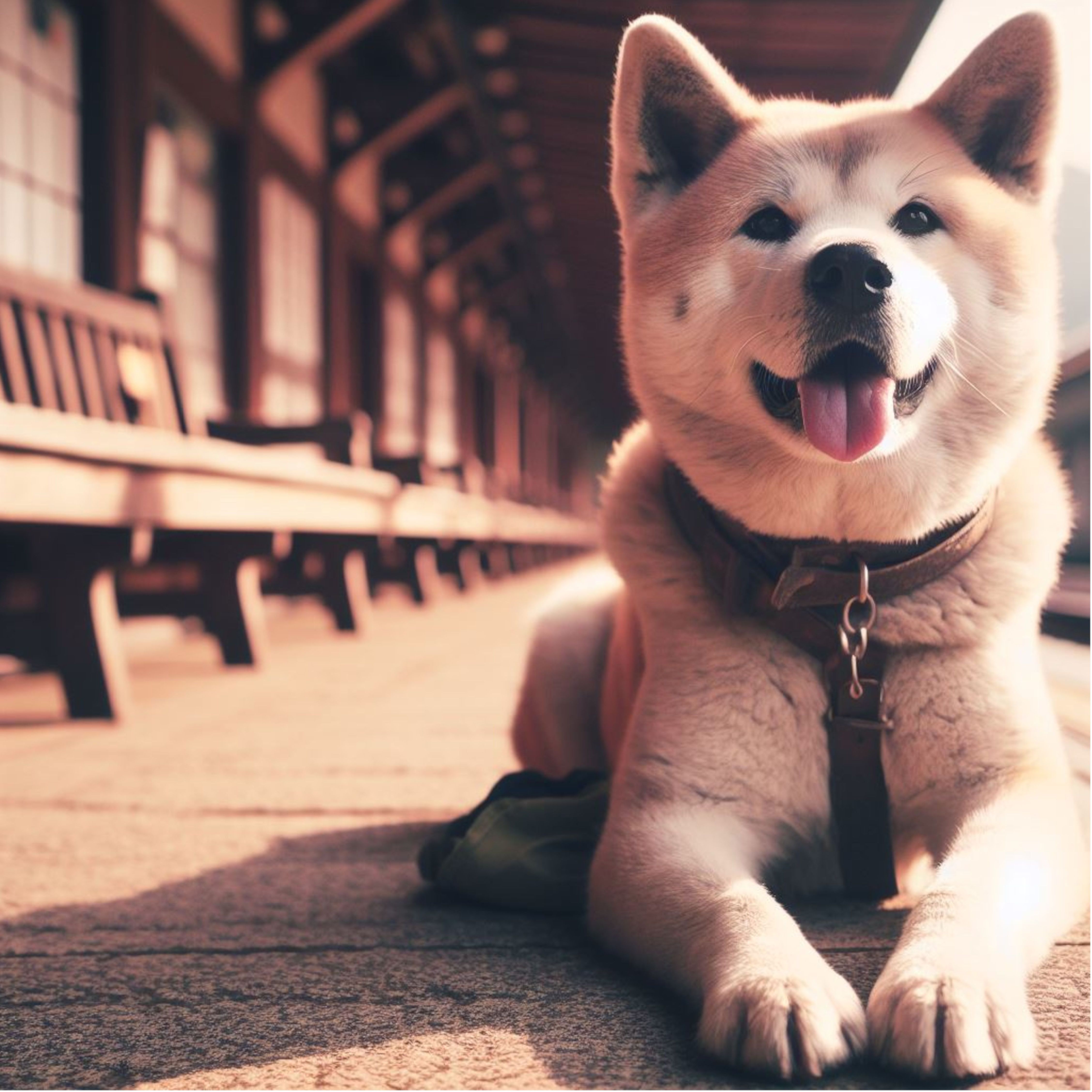 Hachiko was an Akita dog that lived in Japan in the 1920s. He waited for his owner every day at the train.
Hachiko was an Akita dog that lived in Japan in the 1920s. He waited for his owner every day at the train.
Though mongrels might not always have the pedigree of purebreds, history is full of famous mixed-breed dogs who have made their mark on the world. From the heroics of “Hachiko,” the loyal Akita mix who waited for his owner every day at a Tokyo train station, to “Toto,” Dorothy’s beloved terrier from The Wizard of Oz. Mongrels have been by our side for centuries, proving that greatness doesn’t always come from a family tree.
Mongrels Are Truly One-of-a-Kind
If you’re thinking about adopting a dog, don’t overlook mongrels. These mixed-breed dogs are full of personality, offering a blend of traits from various breeds, making each one unique. Not only do they come in all shapes, sizes, and temperaments, but they often enjoy better health than purebreds, thanks to their diverse genetics. Whether you find a dog with a quirky look or one with an endearing nature, adopting a mongrel means welcoming a loyal, loving companion into your life. Their individuality and charm make them a rewarding choice for anyone looking for a special pet.

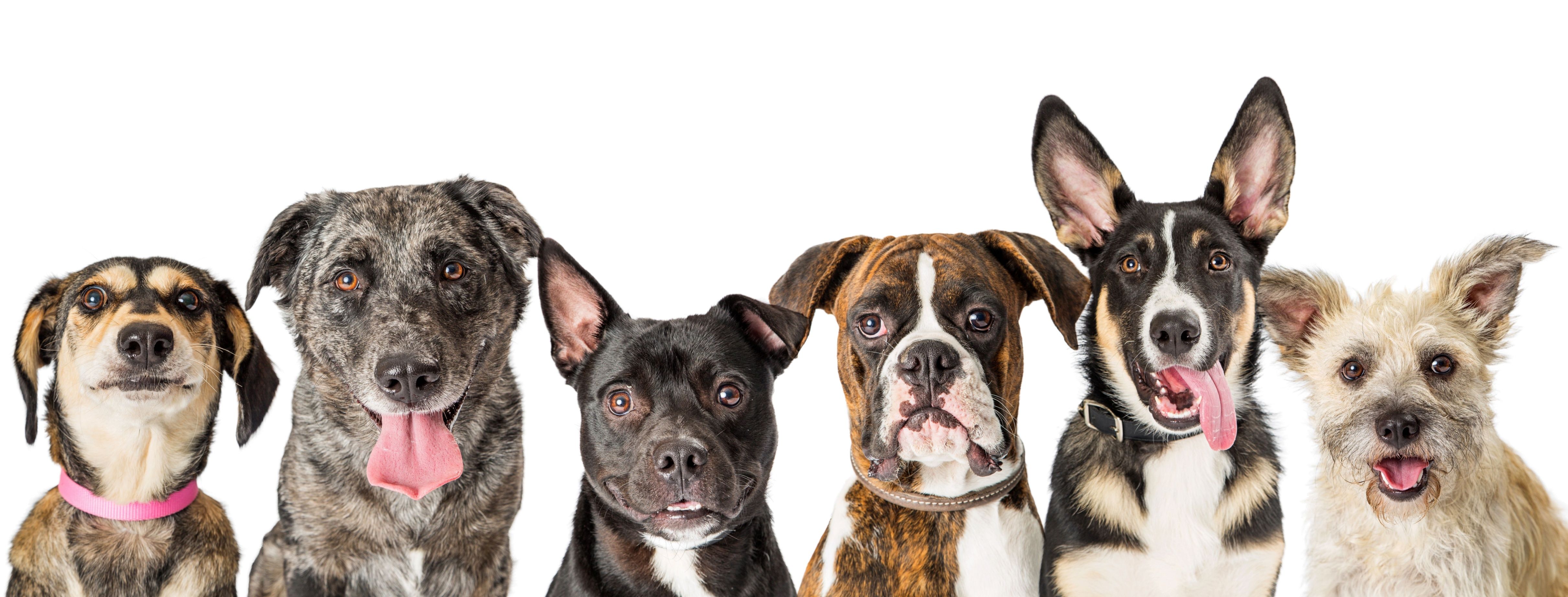
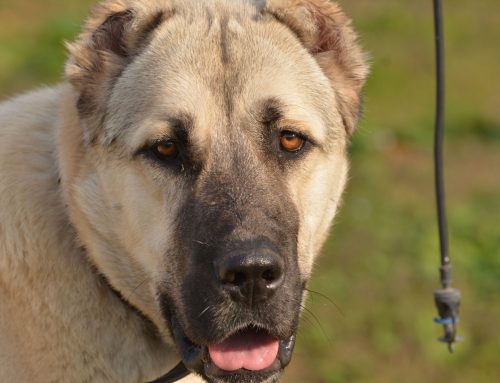
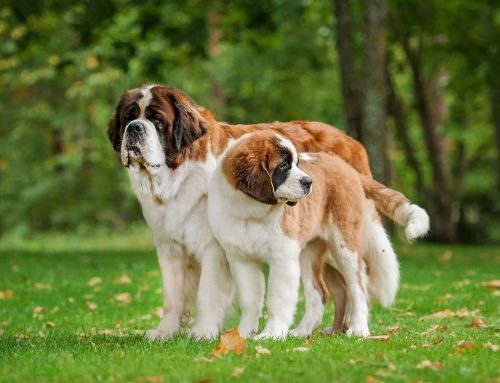
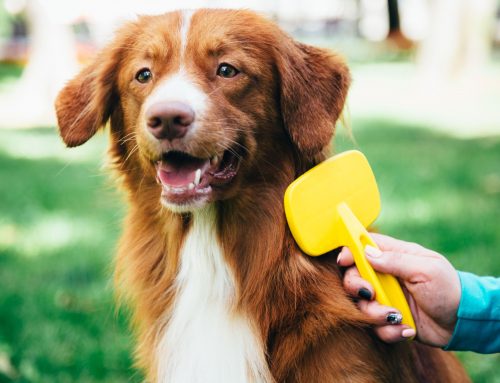
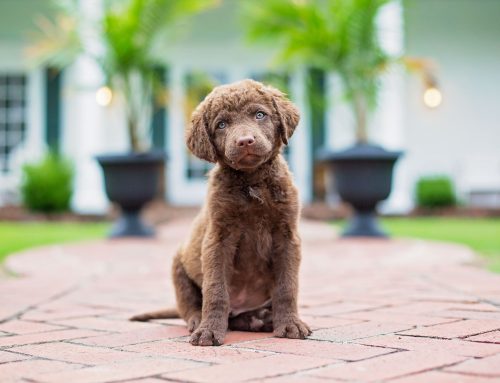

Leave A Comment